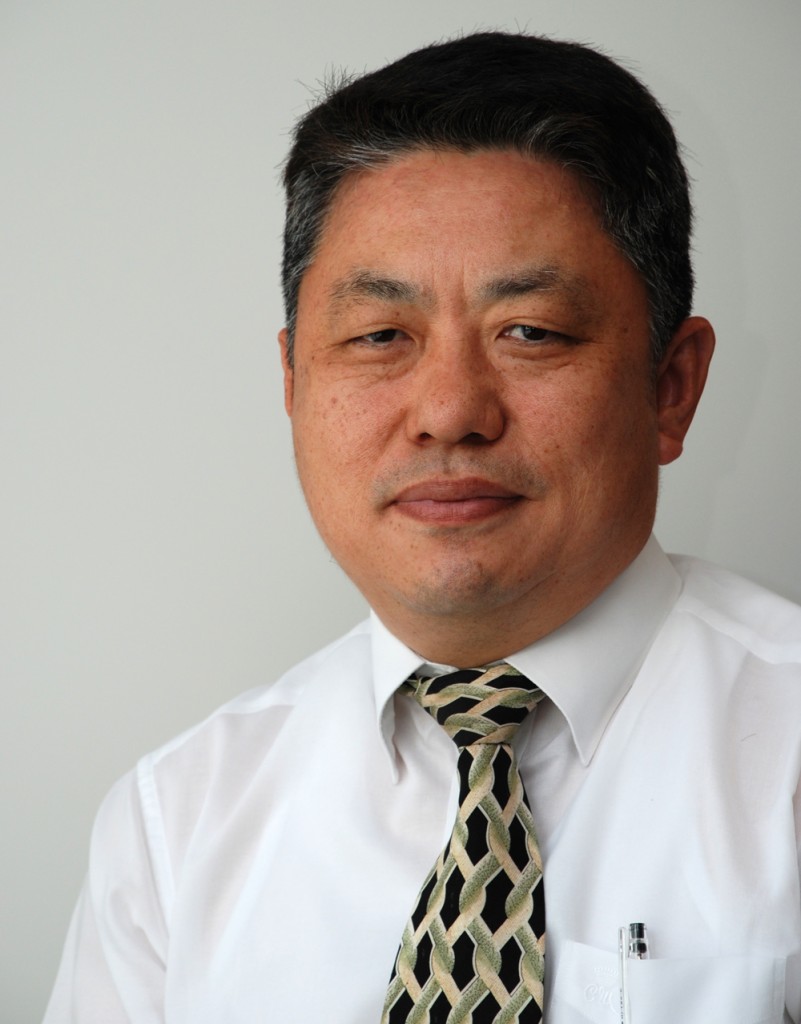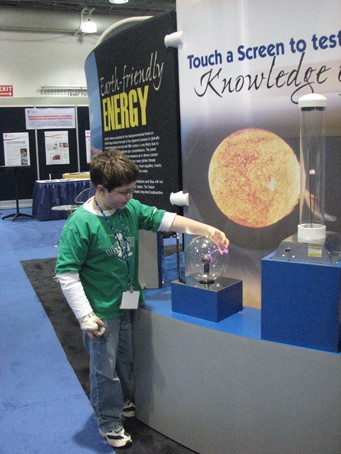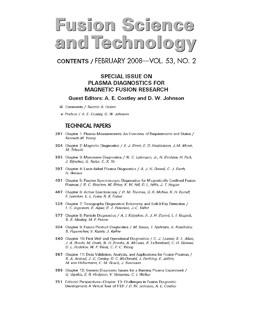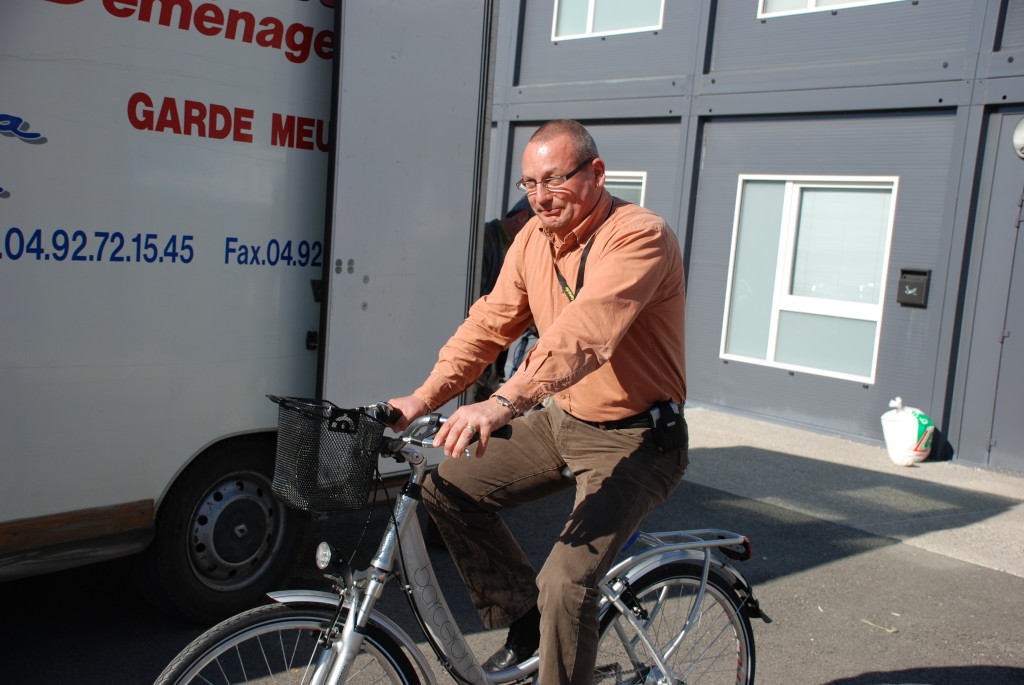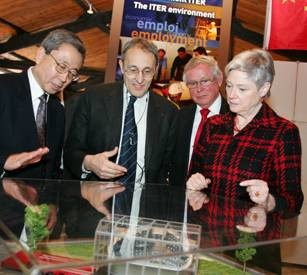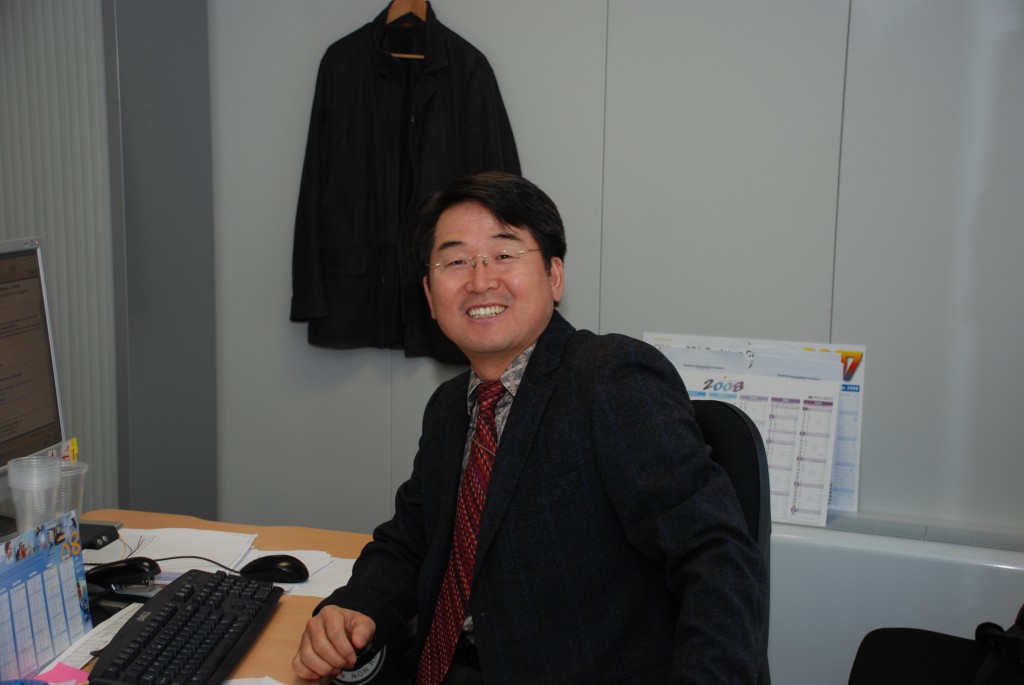Recently, the Department of Central Engineering and Plant Support (CEP) made considerable progress in establishing the resource loaded plan including the schedule and the resource estimates. Following the request from the ITER Council in its first assembly last November, IO will report to the Council in June on the integration of the design review result into the ITER baseline maintaining the two boundary conditions: cost and schedule.
For this purpose, IO already held four Planning & Schedule Meetings since last November. CEP has actively participated in this meeting on various issues such as the cooling water system, cryoplant and distribution, tritium plant, vacuum and fuelling, and the electrical power supply. These meetings provide a good opportunity to narrow the gap between IO's Integrated Planning Schedule and the Domestic Agencies' (DA) delivery schedule. Fortunately, CEP does not have a procurement which is very critical to the current schedule. CEP will nevertheless submit the updated reference schedule in March.
Taking this opportunity, CEP has had various bilateral discussions with the DAs to identify issues that might influence the schedule. These issues include procurement sharing adjustment, procurement arrangement issues, installation sequence, change of ownership between IO and DA, testing and commissioning, etc. These issues will be discussed further, and the result will be incorporated into the updated reference schedule. Another important work is the Resource Estimate, which Council requested IO to submit. The purpose of this work is to determine the IO activities and resources necessary to accomplish the IO's scope of work.
When the resource estimate and reference schedule is completed, IO and the DAs will have a baseline that holds objectively measurable milestones measuring progress and performance. This work is very difficult and time-consuming at the moment, because there are many unresolved issues, and also many areas which need further discussion with the DAs. However, it will be a useful guidance document for the cooperative work with the DAs in the future.
|
Several thousand students, science and technology professionals, and media representatives had the opportunity to learn more about the ITER project when they visited the U.S. ITER exhibit at the annual meeting of the American Association for the Advancement of Science held February 14—18 in Boston.
The exhibit featured displays on various aspects of the ITER project, a model and a 3-D video depicting the ITER device, a touch-screen fusion quiz, and several colourful plasma devices. Personnel from the US Domestic Agency, IO, and Princeton Plasma Physics Laboratory staffed the exhibit, greeting visitors and distributing U.S. ITER brochures, fusion fact sheets, and one of the most popular attractions of the conference — "singing magnet" kits featuring the U.S. ITER logo.
This year's AAAS meeting, which focused on "Science and Technology from a Global Perspective," included more than 150 symposia, plenary and topical lectures, and a variety of special events.
Fusion Science and Technology (FS&T), edited by Nermin Uckan, has published a special issue (February 2008) devoted to high-temperature plasma diagnostics on magnetic fusion energy research. "This is the fruit of the labour of many researchers over a period of two and a half years" said Alan Costley, who works in the ITER Organization and who served as a guest editor for the issue along with Dave Johnson of Princeton Plasma Physics Laboratory. "This is the most comprehensive collection of articles ever published on plasma diagnostics. The articles were written by established experts, all practitioners in the field, and through them this edition is connected directly to the cutting edge of research in plasma diagnostics."
The review presents the basics of modern magnetic fusion plasma diagnostics generously illustrated with examples of state of the art applications. It also has forwarding looking sections; in particular, the issues and challenges associated with preparing diagnostics for the control and diagnosis of a burning plasma experiment, and especially ITER, are included. It will serve both as an introduction to new graduates entering the field and as a comprehensive resource for experienced fusion researchers and is expected to be of long-lasting value to the fusion community.
For further information on obtaining access to this issue or other tokamak special issues, contact Nermin Uckan (uckanna@ornl.gov) or visit the FS&T journal site for table of contents and abstract of papers [individual and library subscribers can access the full text articles here.
|
Maria Van der Hoeven, Minister of Economic Affairs of the Netherlands, along with a large delegation of Dutch captains of industry was at the Chateau de Cadarache on Tuesday, 19 February 2008, to learn about progress on ITER.
The Netherlands are keen proponents of fusion and this interest is due in no small part to the prominent role played by Minister Van der Hoeven during the Dutch presidency of the EU when ITER site negotiations were at a critical stage.
Presentations on ITER were made to the Minister by DG Ikeda, Bernard Bigot, ITER High commissioner to the French Government and Didier Gambier, DG of the European Domestic Agency. "We'll have to take the long view to make this process work. Sustainable energy sources such as fusion are vital to the survival of the planet. And that is why ITER is so important, and why it is so encouraging that scientists and engineers from all over the world are cooperating here to solve the difficult puzzles associated with fusion technology", said the Minister.
In parallel with the Minister's visit business meetings were set up to enable the Dutch industrialists to meet with potential French partners for collaborations on ITER contracts: some 75 "get- togethers" were organised.
Whereas not every ITER staff member may know Tai Surp Joe, there is a good chance Tai Surp (we call him Tai) knows most, if not all of them. And the reason for that is that he actually hired a majority of them. When Tai, Senior Administrator in the Human Resources Division, arrived in Cadarache in September 2006, his first task was to recruit 21 CAD-designers and IT-staff from the Gaching/Naka Sites. He also developed the "personal history form", the key form all the candidates need to fill in since the big recruitment campaign for the first 52 positions. And that was only the start, as one campaign was followed by the next. For the first big campaign early 2007, the recruitment team had to read 950 application forms of preselected candidates for the 52 recruitments", says Tai. "This was a lot of work, but at the same time we were happy to see that so many qualified people from the Parties want to be part of the ITER adventure."
Another major campaign has just been launched, this time for 29 professional positions, 16 of which are new urgent positions. The other eight are replacements and five are re-postings. The open positions are posted on the ITER website as well as on the Domestic Agencies' websites with job descriptions drafted by DDG/Head of Office. Candidates have to apply for the positions via the ITER Parties. Each Party, through its Domestic Agency, pre-selects a number of qualified candidates. The applications of these candidates are then sent to the ITER Organization where a selection board of five or six people is set up for each open position. This board makes a shortlist of about five candidates for each position. The shortlisted candidates are then invited to a video-interview by the selection board. At the end of this series of interviews, the selection board will then submit a prioritized list to Senior Management, who will make the final selection. For more information on the open positions please click here: http://www.iter.org/jobs
The International Atomic Energy Agency has for the second time awarded the "Nuclear Fusion Award" to honour exceptional work published in the journal "Nuclear Fusion". The winner of the 2007 Nuclear Fusion award is C. Angioni for the paper "Density response to central electron heating: theoretical investigations and experimental observations in ASDEX Upgrade" (Nuclear Fusion 44 (8) pp. 827-845).
Each year, ten papers are short-listed for the Nuclear Fusion award. These are papers of the highest scientific standard, published in the journal volume from two years previous to the award year. Nominations are based on citation record and recommendation by the Board of Editors. The Board votes by secret ballot to determine which of these papers has made the largest scientific impact. the winning paper is freely available to read online.
|


